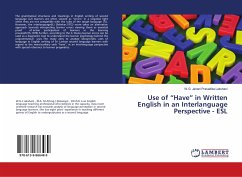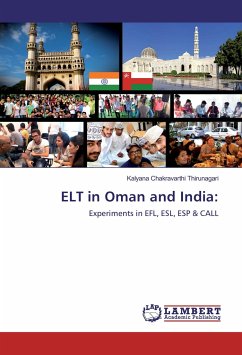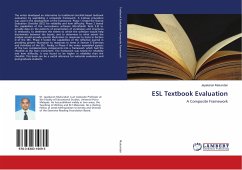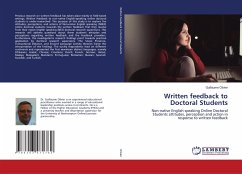
Use of "Have" in Written English in an Interlanguage Perspective - ESL
Versandkostenfrei!
Versandfertig in 6-10 Tagen
27,99 €
inkl. MwSt.

PAYBACK Punkte
14 °P sammeln!
The grammatical structures and meanings in English writing of second language (L2) learners are often viewed as "errors" in a negative light when they are not compatible with the rules of the target language (TL). However, the interlanguage(IL) (Selinker,1972) norm takes an alternative approach towards interpreting learner errors viewing them as essential proof of active participation of learners in the learning process(Frith,1978).Further, according to the IL theory learner errors can be used as a diagnostic tool to understand the learner psychology behind the ungrammatical uses. The study ai...
The grammatical structures and meanings in English writing of second language (L2) learners are often viewed as "errors" in a negative light when they are not compatible with the rules of the target language (TL). However, the interlanguage(IL) (Selinker,1972) norm takes an alternative approach towards interpreting learner errors viewing them as essential proof of active participation of learners in the learning process(Frith,1978).Further, according to the IL theory learner errors can be used as a diagnostic tool to understand the learner psychology behind the ungrammatical uses. The study aims to analyze idiosyncratic uses of language in English writing of Sri Lankan second language learners with regard to the main/auxiliary verb "have", in an interlanguage perspective with special reference to learner pragmatics.












